搜索结果: 'methocult media formulations for human hematopoietic cells serum containing'
-
 冻存的人外周血B细胞 冻存的人原代细胞
冻存的人外周血B细胞 冻存的人原代细胞 -
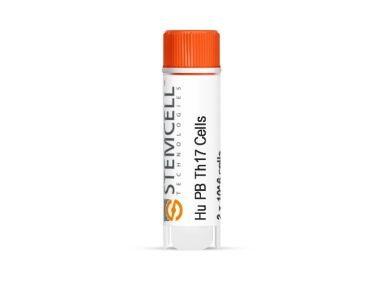 冻存的人外周血Th17细胞 冻存的人原代细胞
冻存的人外周血Th17细胞 冻存的人原代细胞 -
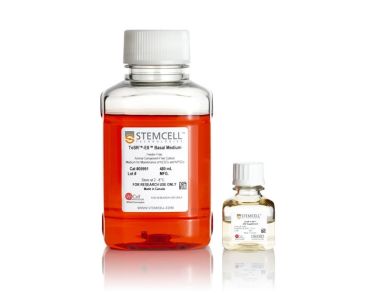 TeSR™-E8™ 无饲养层、无动物成分的人胚胎干细胞和诱导多能干细胞维持培养基
TeSR™-E8™ 无饲养层、无动物成分的人胚胎干细胞和诱导多能干细胞维持培养基 -
 STEMdiff™造血分化 - EB补充剂 A 无动物成分培养补充剂,用于中胚层定向分化并具备下游淋系分化潜能
STEMdiff™造血分化 - EB补充剂 A 无动物成分培养补充剂,用于中胚层定向分化并具备下游淋系分化潜能 -
 冻存的人外周血CD19+CD27- Naïve B细胞(供体匹配) 冻存的人原代细胞
冻存的人外周血CD19+CD27- Naïve B细胞(供体匹配) 冻存的人原代细胞 -
 疾病状态人外周血制品,化脓性汗腺炎 新鲜或冻存的人原代细胞
疾病状态人外周血制品,化脓性汗腺炎 新鲜或冻存的人原代细胞 -
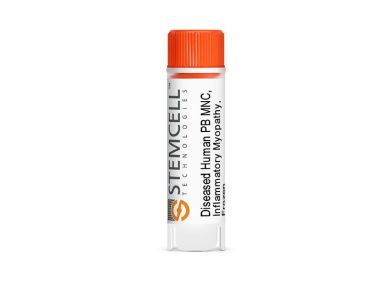 患病的人外周血制品,炎性肌病 新鲜或冻存的人原代细胞
患病的人外周血制品,炎性肌病 新鲜或冻存的人原代细胞 -
 冻存的人外周血CD8+记忆T细胞 冻存的人原代细胞
冻存的人外周血CD8+记忆T细胞 冻存的人原代细胞 -
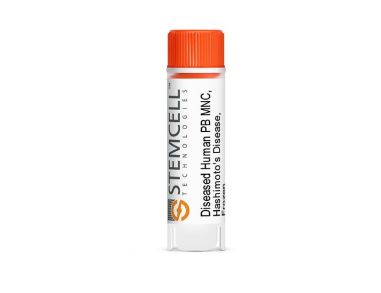 疾病状态人外周血制品,桥本甲状腺炎 新鲜或冻存的人原代细胞
疾病状态人外周血制品,桥本甲状腺炎 新鲜或冻存的人原代细胞 -
 冻存的人外周血CD19+CD27- Naïve B细胞 冻存的人原代细胞
冻存的人外周血CD19+CD27- Naïve B细胞 冻存的人原代细胞 -
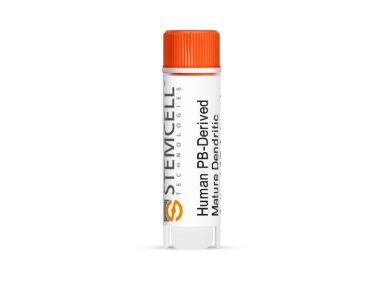 冻存的ACF培养的人外周血来源的成熟树突状细胞 冻存的人原代细胞
冻存的ACF培养的人外周血来源的成熟树突状细胞 冻存的人原代细胞 -
 人脐带血CD8+ T细胞,冻存型 冻存的人原代细胞
人脐带血CD8+ T细胞,冻存型 冻存的人原代细胞


 EasySep™小鼠TIL(CD45)正选试剂盒
EasySep™小鼠TIL(CD45)正选试剂盒





 沪公网安备31010102008431号
沪公网安备31010102008431号